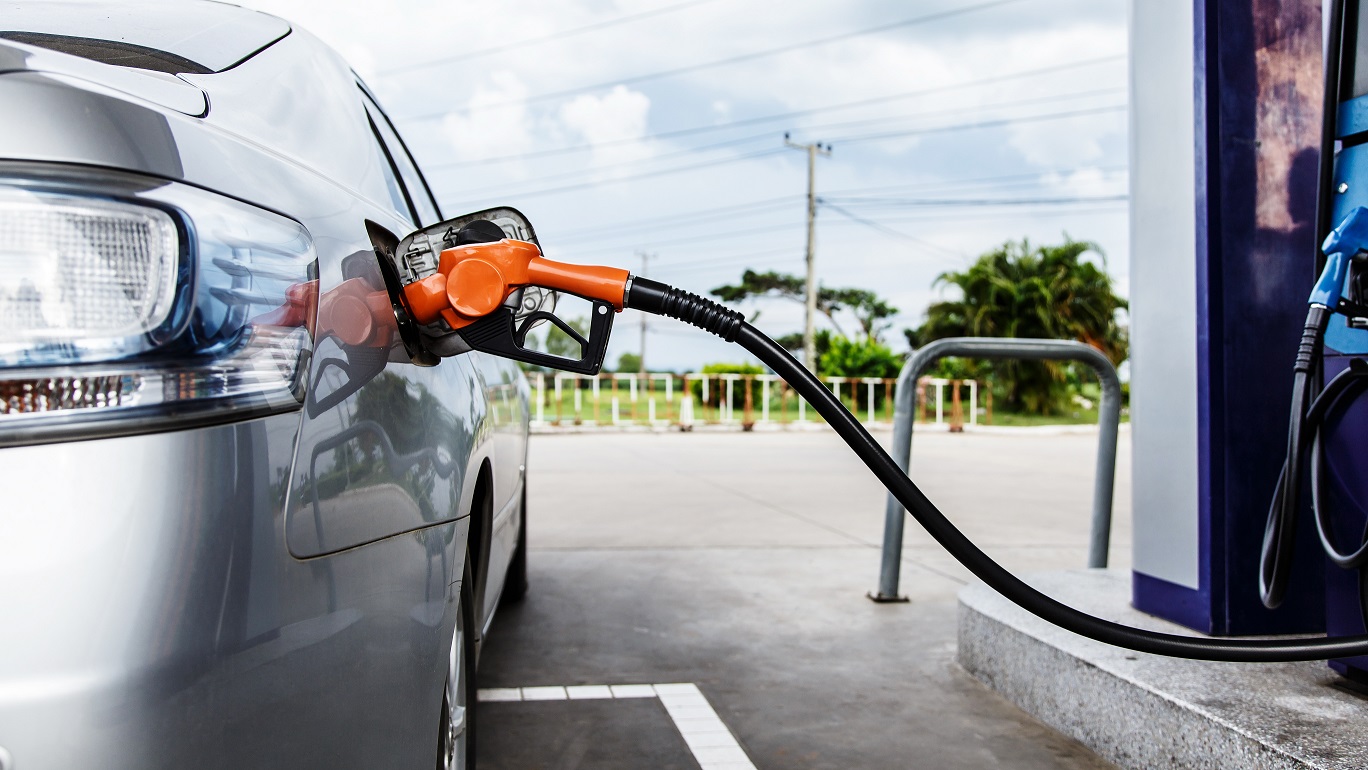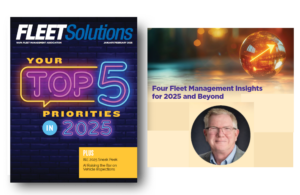Tips for Reducing Fuel Costs

If your company has vehicles on the road, then you’re already well aware of the significant portion of your overall costs that are dedicated to fuel. So how do you decrease that number? Here are 4 expert tips on how you and your drivers can reduce your company’s fuel costs.
In This Article
Cut Down on Idling
Avoid Premium Fuel Unless Required
Monitor Your Tires
Pay Attention to Driving Habits
Cut Down on Idling
According to Bob Cavalli of Fleet Financials, “An idling vehicle uses about one gallon (of fuel) per hour total idling (depending, of course, on the engine size and other circumstances, such as accessory use).” While that may not sound like much, if you extrapolate that number across your entire fleet and multiply it by the number of days vehicles are on the road, it can add up to a massive amount of money being tossed out the window.
So what should be done instead?
Cavalli suggests that contrary to popular belief, cutting the engine off is actually the way to go. “It takes very little fuel to start a car, only fractions of a gallon. Thus, idling for more than a few seconds will use more fuel than what’s needed to start the car, so drivers should, in the vast majority of cases, shut the engine off rather than keep it running.”
Avoid Premium Fuel Unless Required
A common myth that has circulated for ages is that filling up your tank with premium gas will boost your vehicles’ MPGs.
However, while you should always use premium gas in vehicles that require it, a study from AAA of vehicles that do not recommend or require premium gasoline found that “The modest fuel economy improvements found in AAA tests do not offset the higher cost of premium gasoline. For those vehicles that do not recommend or require premium gasoline, AAA suggests drivers opt for the lower priced, regular fuel.”
Monitor Your Tires
Vehicles should always operate with tires inflated to the manufacturer’s specified PSI recommendation. Aside from the obvious safety risks of operating on improperly inflated tires, fueleconomy.gov states that “You can improve your gas mileage by 0.6% on average—up to 3% in some cases—by keeping your tires inflated to the proper pressure. Under-inflated tires can lower gas mileage by about 0.2% for every 1 psi drop in the average pressure of all tires.”
Be sure to have your drivers regularly monitor their tire’s PSI and adjust as necessary. In most vehicles, the manufacturer’s recommendations for tire PSI can be found on the inside of the driver’s side door.
Pay Attention to Driving Habits
Many drivers are not aware that the way they drive actually has a significant impact on fuel economy. Things such as hard accelerating, braking, and speeding can all lower a vehicle’s fuel economy.
According to the US Department of Energy, driving conservatively can help your fleet save fuel and money. Vehicles use the most energy when accelerating. “Obeying the speed limit, accelerating and braking gently and gradually, and reading the road ahead can improve the fuel economy of your vehicle by 15%–30% at highway speeds and 10%–40% in stop-and-go traffic.”
Ready to wave goodbye to fleet management headaches?
Let Motorlease take the wheel! Our fleet experts will handle all your vehicle needs. Experience the joyride of turnkey fleet management!Categories


